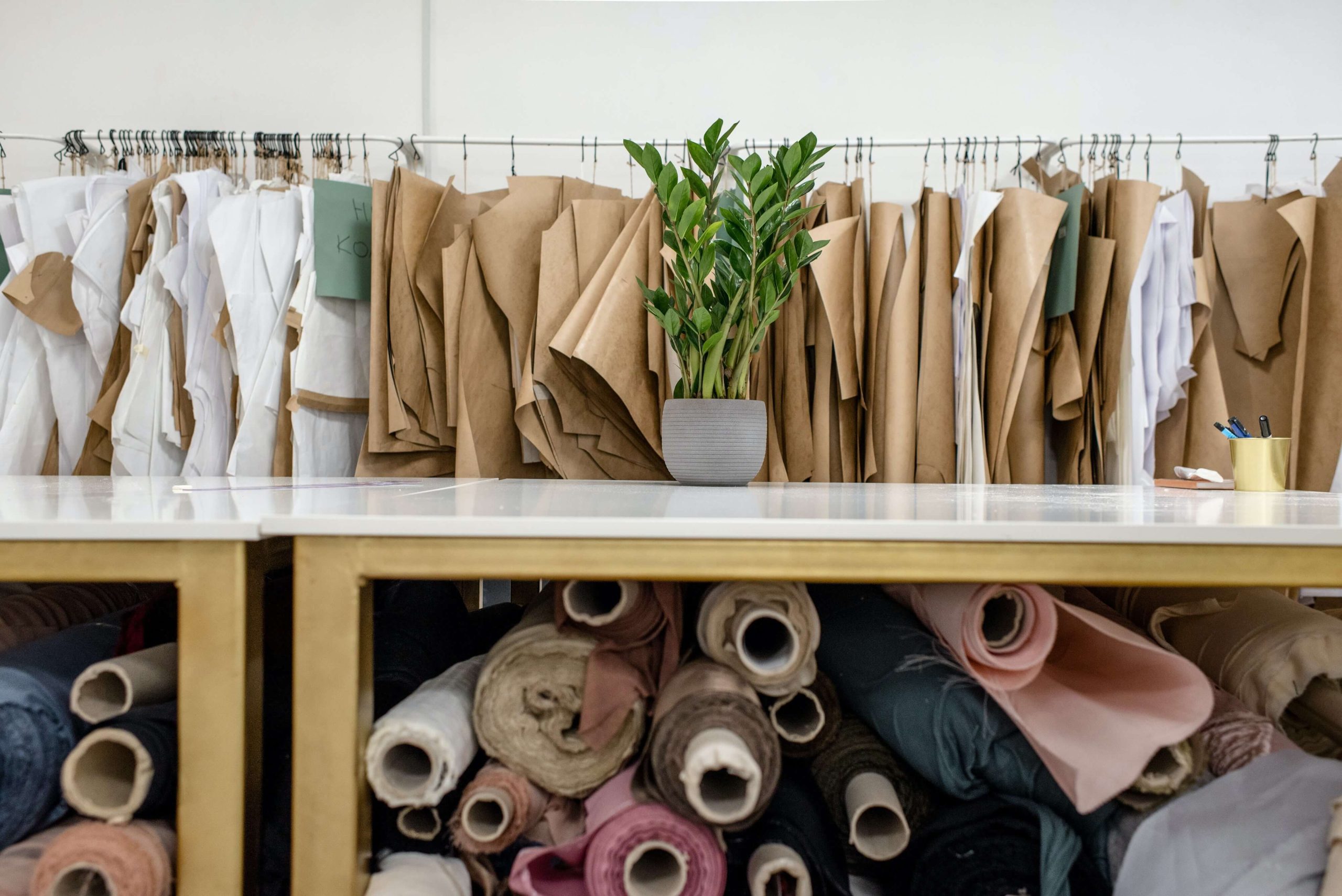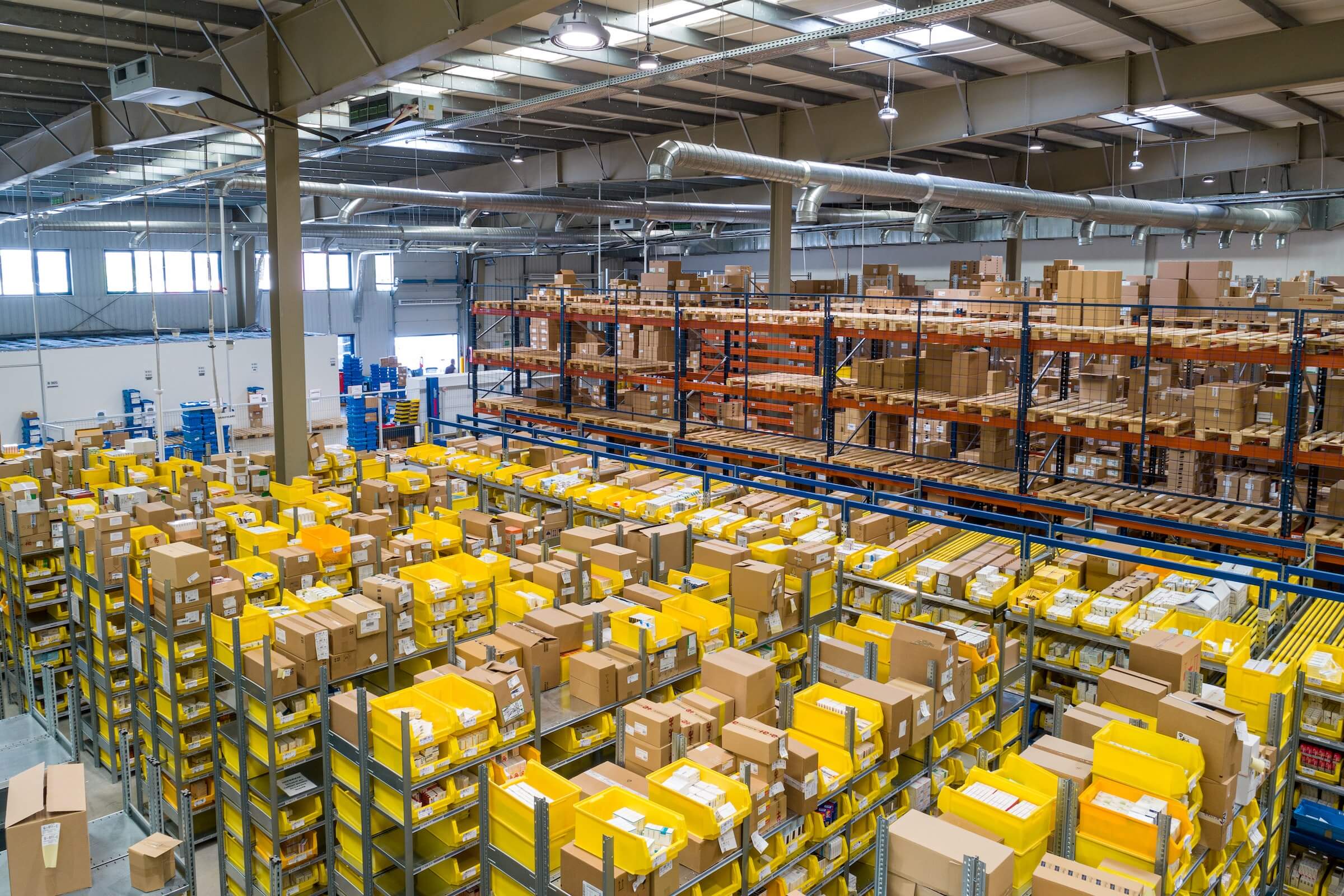Zara Case Study: A Notable Business Model
25/09/2023 2023-09-25 12:26Zara Case Study: A Notable Business Model
Zara was founded in the year 1975 by Amancio Ortega and Rosalia Mera in the form of a family business in Spain. This Zara Case study will probe into its business model, supply chain and how it maintains its position as one of the top fashion brands.
Zara introduced the term ‘fast fashion’ in the industry. The Zara business model is one of a kind; it is known to come up with an outfit in two weeks and conjures up about 10,000 new designs every year. They have kept their workshops fixed in European countries instead of shifting them to developing countries.
Zara’s customer-first approach is only one of the factors that have led to its success. This Zara case study is to let you know about all the secrets that heps Zara stay on top. Are you intrigued to know more about this fashion case study? Read more to find out then.
Why Zara’s Business Model is Top-Notch

Zara follows a business model known as vertical integration. Zara relies minimally on outsourcing and controls everything from designing the garments to shipping. They collect and analyse data at every level to serve their customers better.
The vertical integration plan helps the global brand reduce risks and reduce the cost of distribution. As Zara controls each aspect throughout the supply chain, it maintains a seamless communication channel with its partners.
Zara has reached the top by maintaining its ability to keep up with the ever-changing fashion trends. Zara clothing brand closely monitors how fashion develops and changes in every corner of the world. It develops fresh designs based on the newest fashions and trends and releases them in stores within a week or two. In stark contrast, most other fashion companies would need a minimum of six months to showcase the new designs and collections. Read here if you are curious about this case study on fashion brand the world adores, and, if you wish to tap into the secrets of fashion designers who come up with designs aligning with the up-and-coming trends.
H&M, Gap, and Benetton are some of the toughest foreign competitors for Zara. Thankfully, although being less expensive than Benetton and Gap, Zara is seen as being more stylish than the other companies. These four factors which increase the efficacy of Zara’s marketing strategy are:
- Minimal time in production
- Changing trends with each season
- Little quantity of each product
- Keeping track of customer feedback
The Zara marketing strategy is to target fashion-conscious young people who will be the next trendsetters.
Zara’s Seamless Supply Chain

All the fashion case studies that have been done on Zara haven’t failed to mention how seamless Zara’s supply chain is.
Zara’s extremely responsive, vertically integrated supply chain allows for garment export 24 hours a day, 365 days a year, resulting in new products being shipped to stores twice a week. It takes 10 to 15 days for things to reach retailers after they have been designed.
Zara ensures a super-efficient and flexible supply chain which starts from their central distribution centre, which is a 400,000 sq. km facility in Arteixo, Spain. They have similar distribution centres in Argentina, Brazil and Mexico. This arrangement gives them the upper hand and cuts out the cost of warehouses.
They handle the supply solely themselves and do not depend on any supplier. It becomes really easy for them to move their products, thanks to their railway network. Although the shipment timetable is just twice a week, once the goods are ready, they are delivered swiftly. European stores receive their goods early (usually within 24-36 hours), whereas other locations receive them within two days. This approach enabled them to reach extremely high levels of accuracy in their shipments.
Another advantage is that the outlets don’t take long to exhibit the new outfits once they arrive, allowing them to show a new product to their clients. The clothing is also colour-coded so that the crew knows where to place them. This allows shoppers to go around colour-matching the products they want to buy.
Zara’s Fashion Retail Case Study

While there are other quick fashion names, none have proven to be as successful as Zara. The brand loyalty and revenues it has attained are the result of a smart strategy – a strategy smarter than all of its competitors. It is not just about quick fashion but also about smart fashion that caters to the demands and preferences of its customers. The success story of Zara can be attributed to its personalised retail strategy.
- Fast fashion cycle
Case Studies on Zara focus on its ability to follow the latest trends and change the fashion cycle every two weeks instead of seasonal changes. If you have a favourite this week, you may not find it next week!
The brand has opened several stores in many cities in the past several years. It only takes Zara two weeks to come up with a new collection. These collections are wiped out by Zara’s loyal customers as soon as they hit the stores.
- Co-Creating with customers
Zara’s unwavering focus on the consumer lies at the heart of the brand’s success and the heights to which it has ascended. The holy grail of modern business is customer insights, and the more organisations know about their customers, the better they can innovate and compete.
Yet, having the correct insights at the right moment and having continuous access to them can be difficult. One of Zara’s interesting secrets, we have found out through case studies, is that they use cutting-edge technology to track garment locations and the most selling ones are restocked in and made available to customers.
- Not investing in advertising.
As if the supply chain strategies weren’t enough! Zara successfully preserved a profit of 13%, whilst its major competitors, such as H&M, have just a profit of 6%. Apart from effective supply chain management, it was made possible by Zara’s no-advertising or limited marketing philosophy. Zara spends extremely little on advertising, instead relying on stores to raise brand awareness.
Zara’s stores, which are frequently positioned in the world’s top shopping districts and malls, have proven to be an efficient way of spreading the word. Zara follows a strategy of placing its stores near high-end brands like Gucci or Dior. This way, the customer will have an illusion that Zara falls into the same category as such global luxury brands.
Final Thoughts
Here’s hoping that you enjoyed reading this Zara case study! If you are someone who keeps up with fashion trends and is interested to know more about fashion design, why not check out the JD School of Design? They provide a three-year B.Sc program in Fashion and Apparel Design which will strengthen the understanding of fashion and all its .
The students get exposure to international fashion hubs like London, Paris, and Milan, which hone their creative thinking. Stand out from the rest with a creative degree and bring innovations to the fashion industry.













